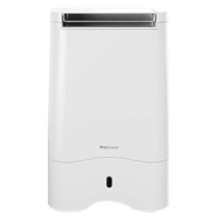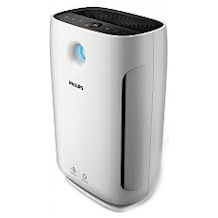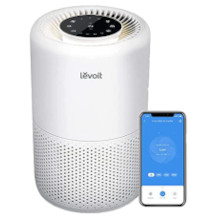Tower fan purchasing advice: how to choose the right product
- What you need to know
- Tower fans are the elegant variant of floor fans and provide fresh air in the home or office not only on hot summer days.
- Compared to classic floor fans, tower fans have many advantages, such as their slim design, their additional functions and their low noise level.
- When buying tower fans, performance, energy efficiency, volume and material are important criteria. Rotorless versions are also available on the market.
- When handling tower fans, make sure they are positioned correctly and stand securely.
Tower fans
The sun is scorching, the temperatures in your home are rising and you long for a refreshing breeze? Your employees are moaning because it’s far too warm and stuffy in the office again? Then you should provide some cooling. It doesn’t have to be an expensive, power-guzzling air conditioner – tower fans are a good alternative.
What are tower fans?
Tower fans are a variant of floor fans and are also called column or tower fans because of their shape. Inside their housing is an impeller that rotates and creates a negative pressure. The ambient air is sucked in and then expelled again through the ventilation slots and swirled. This creates a refreshing air flow that varies in strength depending on the fan speed setting. Tower fans can also transport cool air from one room to another if they are placed appropriately. Unlike air conditioners, they work without refrigerant and do not lower the room temperature. However, by exchanging air, they improve the indoor climate and provide a pleasant breeze on hot days.
What are the advantages of tower fans?
Tower fans are not only much cheaper than air conditioners, they also have many advantages over conventional floor fans. They take up less space and are less bulky. They are also quieter and look better with their simple, elegant tower design. They can distribute the air over a large area in the room and improve the air quality. In addition, they consume little electricity and often have useful additional functions. However, column fans are more expensive than floor fans. In addition, most tower fans cannot be adjusted in height.
Advantages
- Optimum air circulation
- Low noise
- Space-saving
- Easy to transport
- Often useful additional features
- Low power consumption
- Cheaper than air conditioners
- Modern look
Disadvantages
- Usually not height-adjustable
- Lower air flow than floor fans
- More expensive than floor fans
What functions are tower fans equipped with?
Many tower fans are equipped with functions that provide an even better result in terms of refreshment and room climate. The swivel function is especially necessary in large rooms so that the air flow really reaches every corner of the room. A built-in timer is also practical. Some tower fans have several speed levels with which you can set a light breeze or a strong breeze. Some column fans even have a water tank to increase the humidity, an aroma diffuser or an ioniser.
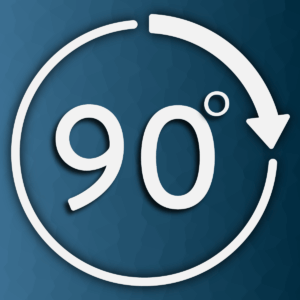
Pivot function
Most column fans have a swivel function, also called oscillation. These fans can swivel between 60 and 360 degrees and thus circulate the air in a large area. Especially in large rooms, a swivel function is almost indispensable to ensure a pleasant indoor climate. Many users find the rising and falling air flow that a swivelling fan generates more pleasant than steady wind. If necessary, the swivelling function can be switched off.

Timer
A timer is part of the equipment of many column fans and is particularly useful if they are to be used overnight. While it is pleasant to fall asleep with a cool breeze, operation until dawn is usually not necessary. You can individually determine the timer at which the unit switches off. This is also practical if you forget to switch off the fan. This way it does not consume power unnecessarily.
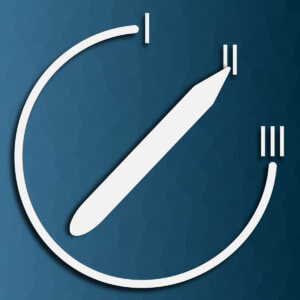
Fan speeds
Column fans often have different fan or wind speeds, usually three. This allows you to set the preferred wind power from a light breeze to a strong draught. Some tower fans even have a nature programme that imitates natural wind with variable output. However, you should not overdo it with the wind power, despite all the cooling, as otherwise there is a risk of catching a cold or conjunctivitis. Higher speeds or fan speeds are usually accompanied by a higher noise level.

Water tank
Tower fans that have a water tank increase the humidity in the room. They can even be used in winter, as they counteract the dry heating air and thus protect your mucous membranes from drying out. Allergy sufferers and people with lung problems also benefit from devices of this kind. Another advantage is that dust particles (and with them the microorganisms that colonise them) sink to the ground more quickly in humid air. This makes it cleaner than dry air.
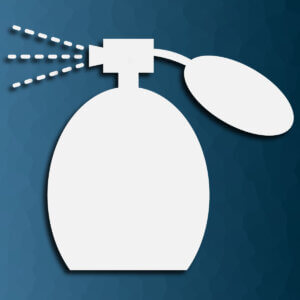
Aroma diffuser and ioniser
With an aroma diffuser, your tower fan can not only create a good climate, but also a pleasant scent in the room. It allows you to use essential oils, for example, to relax or to drown out unpleasant odours such as cigarette smoke. An ioniser purifies the air of negative ions – this is said to contribute to health. It also reduces the amount of dust, pollen and spores in the air, making it suitable for allergy sufferers.
What to look for when buying a tower fan?
You should consider various points when buying a column fan: For larger rooms, for example, a higher output and swivel capability are necessary. Depending on where you want to use the fan, you should also pay attention to its volume. To consume as little electricity as possible, a column fan with a good energy efficiency class is worthwhile. The height and weight also play a role if you want a particularly stable or light device that you can move without much effort. When it comes to material and design, you are spoilt for choice – but high-quality workmanship is always important.
Power
The output of tower fans is between 40 and 60 watts. Many models are also adjustable. Several power levels are helpful to adjust the air flow to the room size. In general, fans with a higher power consumption in watts also have a higher wind power. However, not all devices work equally efficiently, so the wind power may well differ between different models with the same wattage input. Larger rooms need a fan with higher wind power to be ventilated satisfactorily. In smaller rooms, however, too much airflow may be uncomfortable.
Column fans in higher price categories can move up to 2,000 cubic metres of air per hour, smaller units have a wind output of around 600 cubic metres per hour. Rule of thumb: The tower fan should be able to move about four times the room volume. Find out from the seller or from the product information how much air the fan can move.
Noise level
The noise level of tower fans varies and depends in particular on the fan speed. After all, the air moving through the ventilation grille produces the noise. People have different noise tolerances, but as a rule, a conversation volume between 50 and 60 decibels is not perceived as annoying. Fans at their lowest setting are roughly in this range, often even lower. Some devices, however, reach a volume of more than 70 decibels, which is already perceived as disturbing by the human ear. This noise level is not suitable for the bedroom or the office, which is why fans in these areas should not be operated at the highest level. In fact, it makes more sense to buy a quiet model with fewer decibels right from the start.
Power consumption and energy efficiency
As an electrical device, a tower fan naturally consumes electricity. The final consumption of the fan is calculated depending on the power, the duration of use and the additional functions. With a power of 50 watts and an electricity price of 30 cents per kilowatt hour, it costs 1.5 cents per hour to operate a fan.
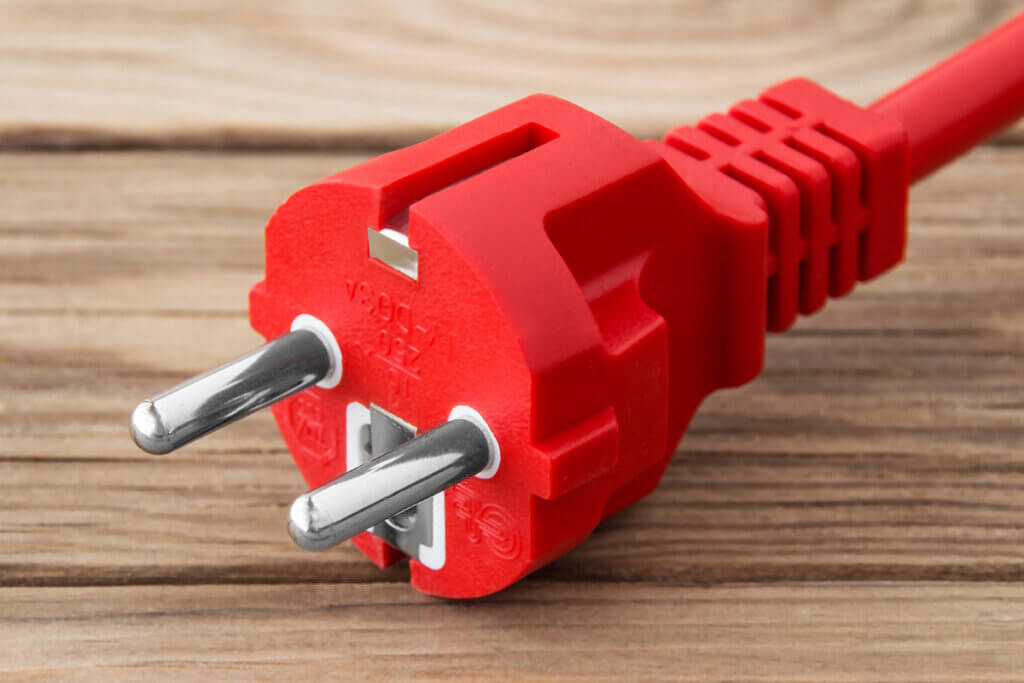
A fan with a higher wattage therefore consumes more electricity. But very few devices run all day. Here, too, a timer is worthwhile to ensure that the fan only runs when it is really needed. If you do not use it and disconnect it from the power source, you prevent the column fan from consuming electricity in stand-by mode. For energy efficiency classes, we recommend A++, A or B.
Height and weight
Depending on where you want to place the tower fan, its dimensions play an important role. The devices usually weigh between two and five kilograms and have a height between 70 and 100 centimetres. However, there are also much heavier models. This is not a problem if you do not want to change the location of the fan. However, if you want to transport it more frequently between different rooms, you should opt for a lighter device. Some tower fans even have a practical carrying handle.
If it is important that the fan can ventilate different areas, you should choose a model that is adjustable in height. However, very few have this option. If the unit is too low, it may not ventilate the room sufficiently. So think carefully beforehand about where you want to use the tower fan – especially if it is in a larger office.
Material and design
With a device that stands visibly in the living room or in a chic office, it is of course a matter of appearance. Most tower fans are made of robust plastic. However, you should pay attention to good workmanship. It is also important that the fan is sturdily built to protect children and pets from accidents. Therefore, it may be advisable to choose a tower fan made of stainless steel. This is more expensive, but more stable and usually looks more elegant. Many column fans have both plastic and metal elements.
Rotorless variants
Fans without rotor blades have been on the market since 2010, among others in the form of tower fans, but they are also available in other designs. The biggest advantage is that the risk of injury from rotor blades is eliminated – this is especially important if there are children or animals in the household.
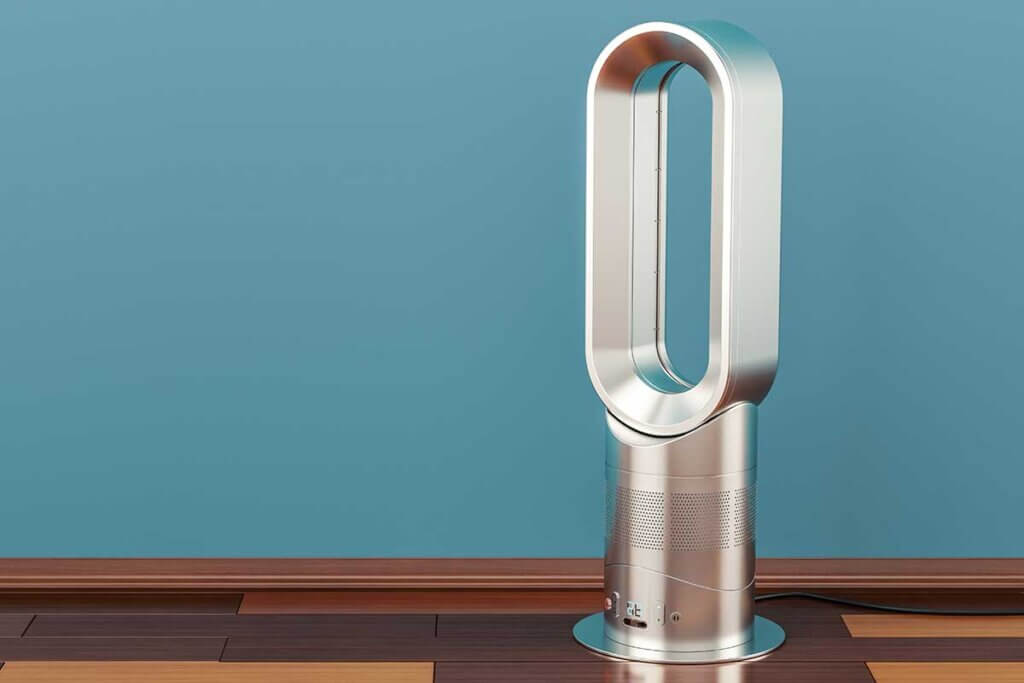
They are quieter, but only if the quality is right, and for that you have to dig deeper into your pocket. Then, because of the barely audible hum, they are not only suitable for the bedroom or children’s room, but can also be used as a table fan. They work by drawing in air, which is then forced through the slots of a plastic ring. This creates a pressure that sets the ambient air in motion.
With a fan without a rotor, you can adjust the strength of the air flow even more individually. These fans are often finished with stainless steel or chrome and look even more elegant or modern. They raise little dust, which is an advantage for allergy sufferers, and are also easy to clean.
Which additional functions are worthwhile with tower fans?
Thanks to various additional functions, you can adapt a fan perfectly to your individual needs. For example, a child safety lock and a cable rewind are worthwhile to increase safety. An overheating protection provides additional safety, a remote control increases comfort and an illuminated display ensures easy operation. If you often want to transport the tower fan between different rooms, make sure it has a carrying handle. You can also use smaller fans as table fans.
A remote control is convenient because you can control your fan without getting up from the sofa, desk or bed. Tower fan remotes have a range of up to ten metres, and some are even illuminated. Some remote controls stick magnetically to the fan, others have a special compartment. This way you won’t lose the remote control when you’re not using it.

When it comes to the display, it is worth making sure that it is dimmable and not too bright. It should be clearly laid out and the menu should ideally be as simple as it is sensible. Long-lasting LED lighting is the best choice here.
What is there to consider when handling tower fans?
In order for the tower fan to provide the best possible air quality, you should place it so that its airflow is not obstructed by larger objects or furniture. The best place for a tower fan is in the corner of the room. This allows the exchanged air to reach the whole room and circulate well. If the room is very large, you can also position it in the middle and turn on the swivel function. In this case, however, you must make sure that the cable does not become a tripping hazard. A safe stand on a level surface is important in any case. Although there is little risk of injury due to the design, children and pets should not be left unattended near the fan. In addition, you should not be directly exposed to the draught to avoid eye or ear infections.
The right care
Since a tower fan also attracts dust, you need to clean it regularly. Disconnect it from the power supply beforehand and wipe the outer areas with a soft cloth. You should do this about once or twice a month. In the case of heavier soiling, you can moisten the cloth, but under no circumstances should water get into the inside of the fan, as this can lead to a short circuit. The inside does not need to be cleaned. A hand brush or paintbrush is suitable for cleaning areas that cannot be reached with the cloth.

The tower fan may have a filter that you need to replace from time to time. In this case, follow the operating instructions. If you only use the tower fan in summer, store it so that it is protected from dust and other dirt.
Images 1–5: © FinalCheck | Image 6: © PhotoSG / stock.adobe.com | Image 7: © alexlmx / stock.adobe.com | Image 8: © Chinnadit / stock.adobe.com | Image 9: © PhotoSG / stock.adobe.com
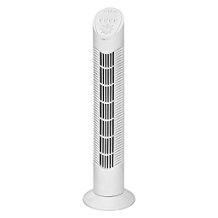


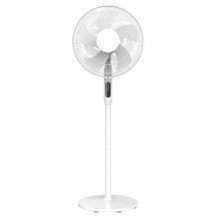
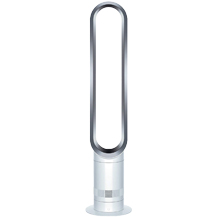
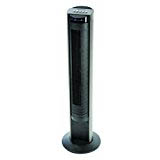
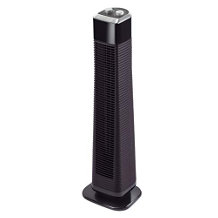
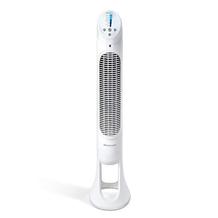
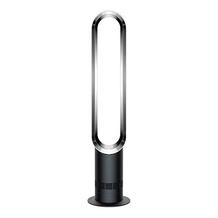
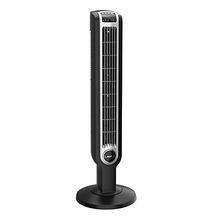

 1,184 reviews
1,184 reviews
